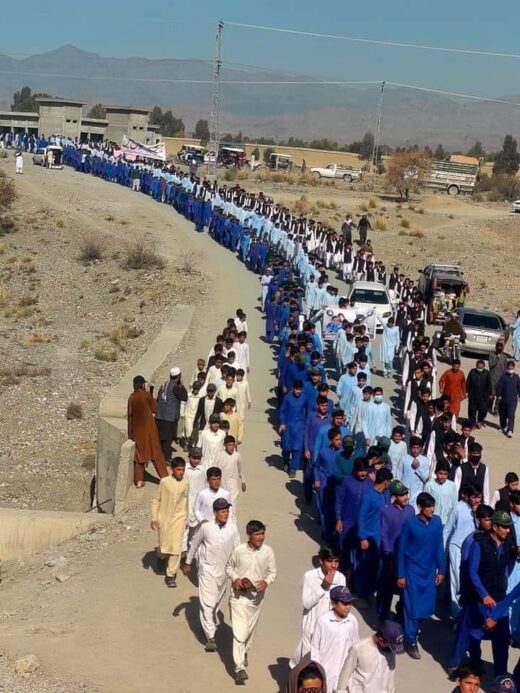Dr. Ijaz Ahmad, PhD
For many young people in Pakistan, especially from middle and lower-middle-class families,
getting a traditional education is becoming increasingly tough. High fees for schools, colleges, and
private universities make it difficult for most to afford without taking on heavy financial burdens,
including loans or even selling family assets.
Despite the high cost, the benefits of traditional education often don’t match the investment. After
all, what’s the use of spending millions to eventually land a job that only pays 50,000 to 60,000
PKR a month? Graduates with degrees in sciences, engineering, and other fields often find limited
job opportunities and low wages, leading to frustration and financial strain. This imbalance
highlights the urgent need for alternative educational pathways that can offer better returns on
investment.
However, a promising alternative has emerged in the form of low-cost technical education. Several
institutions have been established, offering practical skills and training that are accessible and
affordable for everyone, particularly the middle class. A prime example of success in this sector is
the National Skills University in Islamabad, which, along with other institutions like the National
University of Technology and Punjab Tianjin University of Technology, provides vital skills
needed in today’s job market. These institutions are dedicated to technical education, equipping
students with hands-on skills that are in high demand globally, ensuring they remain relevant and
employable across various industries.
Recognizing the urgent need to address the educational and employment needs of its youth, the
Pakistani government has emphasized technical education in its recent educational initiatives.
Given that Pakistan is the fifth largest country globally with 64% of its population classified as
youth, these efforts are crucial. The effectiveness of education and skill development strategies
implemented today will determine the country’s future trajectory. However, the announced
initiatives are not sufficient on their own. With the recent declaration of an educational emergency,
the new incumbent government must prioritize technical education even further. This involves
establishing more technical higher education institutions (HEIs), increasing funding, expanding
capacity, enhancing human resources, and broadening the outreach of existing technical
institutions. Additionally, there should be significant investment in improving the labs and
technical learning environments to add more value to these educational offerings.
Neglecting to provide education and employment opportunities for this young population could
lead to severe consequences. Overburdened social services, increased socio-economic challenges,
and political instability are potential risks. Low-cost technical education not only helps unlock the
potential of Pakistan’s youth but also offers a way to boost economic growth and modernization.
Skills acquired through technical education enable young people to become self-employed, start
small businesses, and contribute to economic development. Moreover, these skills are in demand
internationally, especially in regions like the Middle East, Japan, and Europe, creating
opportunities for employment abroad. Foreign remittances, which are a significant part of
Pakistan’s economy, were projected by the World Bank to reach $28 billion in 2023. These
remittances largely come from Pakistanis working overseas, many of whom are technically skilled.
In conclusion, shifting towards low-cost technical education represents a significant change in
Pakistan’s educational landscape. This approach will equip the youth with the necessary skills to
lead fulfilling lives and contribute to a prosperous and sustainable future. Technical education
offers a pathway out of poverty and positions Pakistan as a key player in the global knowledge




